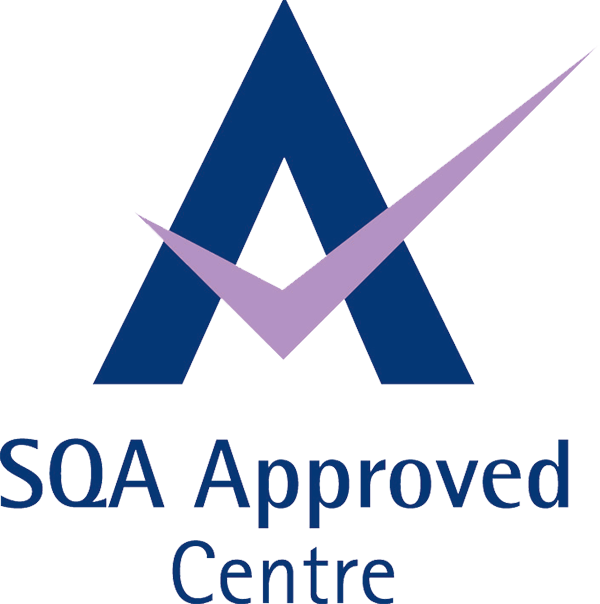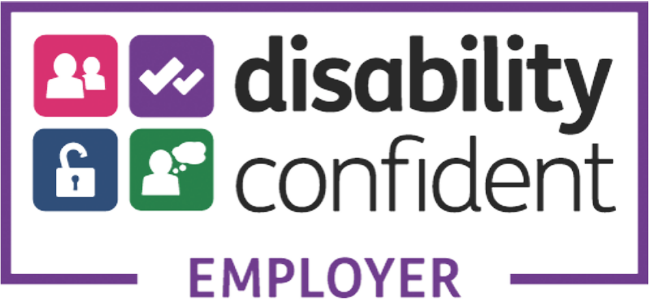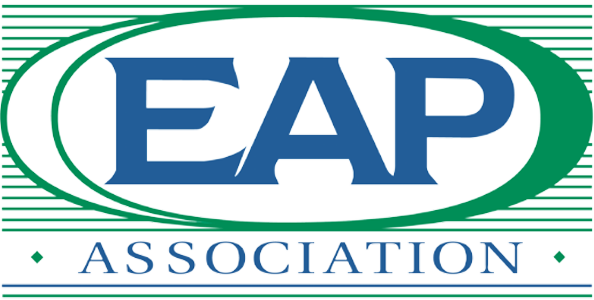PAM Wellness Solutions Mental Health & Wellbeing Resources
Our resources aim to find solutions to support your organisation and its employees.
Our quick links bar below offers simple navigation through our resources, with quick and easy access to our mental health blog, news, press releases, wellbeing guides, and webinar taster sessions.
















